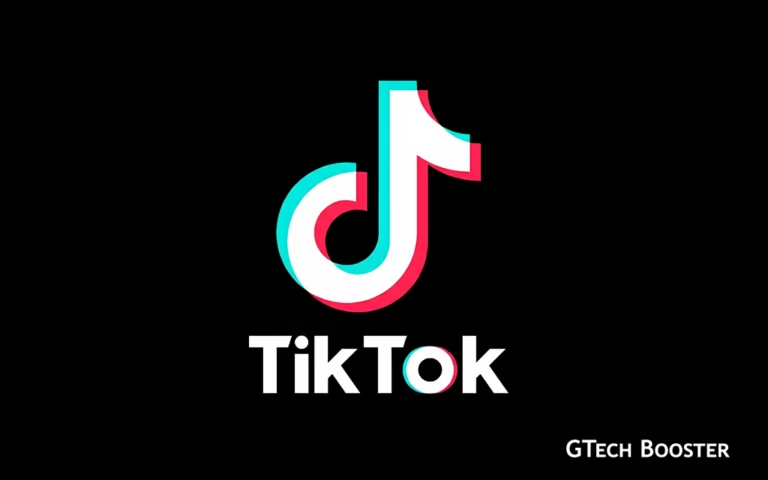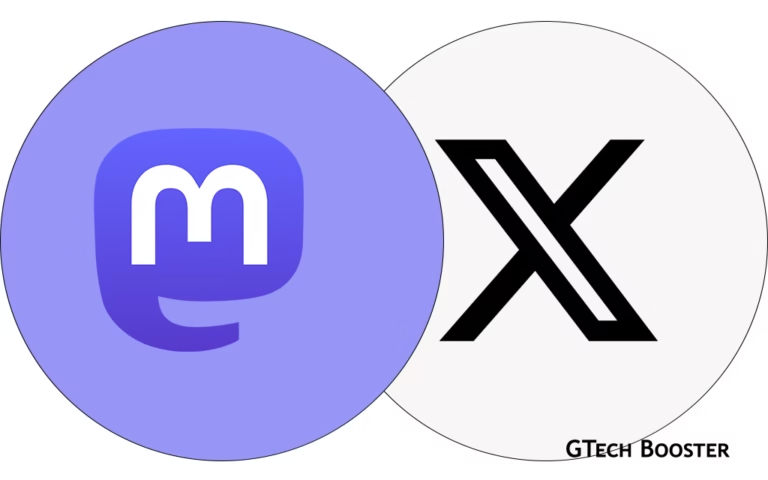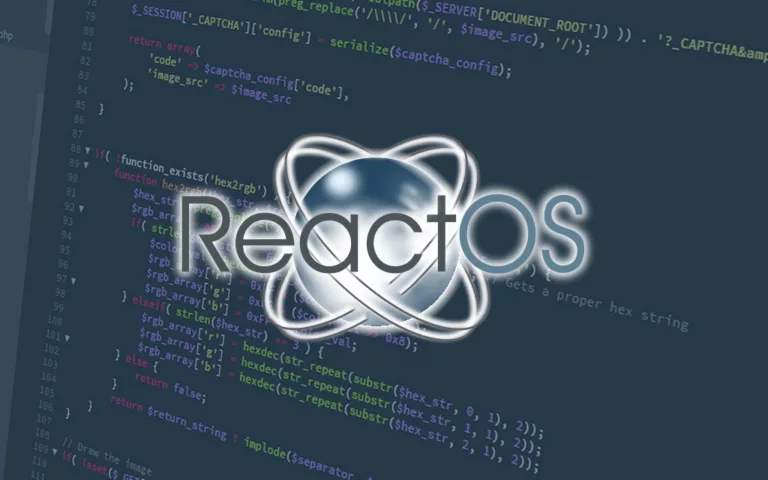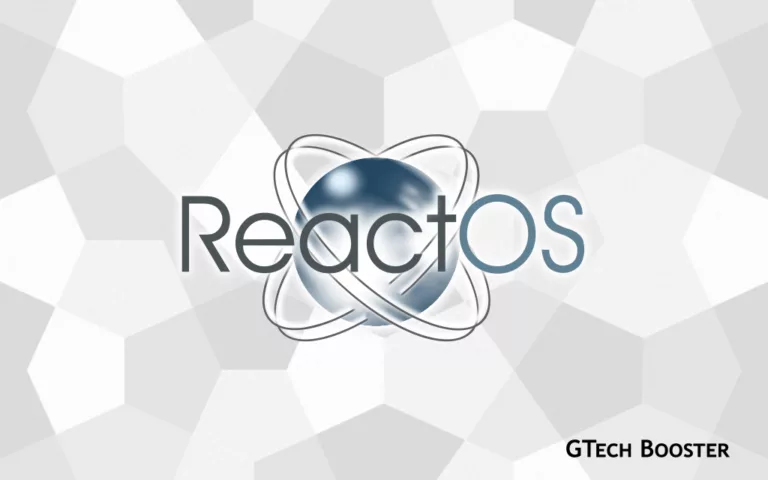rss or atom

Really Simple Syndication or RSS has been the standard for web feeds for a considerable time. It originally begun as Resource Description Framework (RDF) Site Summary and to Rich Site Summary and later to Really Simple Syndication.
RSS web feeds contains either a summary or the full text content of a web page. The problem with RSS is they are often confusing with their non standard conventions used, due in part to its scattered development.
Sample rss XML
<?xml version="1.0" encoding="UTF-8" ?>
<rss version="2.0">
<channel>
<title>RSS Title</title>
<description>This is an example of an RSS feed</description>
<link>>
<lastBuildDate>Mon, 06 Sep 2010 00:01:00 +0000 </lastBuildDate>
<pubDate>Sun, 06 Sep 2009 16:20:00 +0000</pubDate>
<ttl>1800</ttl>
<item>
<title>Example entry</title>
<description>Here is some text containing an interesting description.</description>
<link>>
<guid isPermaLink="false">7bd204c6-1655-4c27-aeee-53f933c5395f</guid>
<pubDate>Sun, 06 Sep 2009 16:20:00 +0000</pubDate>
</item>
</channel>
</rss>The arrival of ATOM syndication standard was a response to the design flaws of the RSS standard. The primary advantage of the ATOM is its adaptation as the IETF standard.
Being an IETF standard, the ATOM needed to implement certain features that made the format easier to deal with. Each atom feed contains an explicit declaration of the format of the content along with what language is used. RSS feeds do not declare its content, but since it only contains plain text or escaped HTML, it is rather easy for the browser to distinguish which is which.
Sample atom XML
<?xml version="1.0" encoding="utf-8"?>
<feed xmlns="http://www.w3.org/2005/Atom">
<title>Example Feed</title>
<link href="http://example.org/"/>
<updated>2003-12-13T18:30:02Z</updated>
<author>
<name>John Doe</name>
</author>
<id>urn:uuid:60a76c80-d399-11d9-b93C-0003939e0af6</id>
<entry>
<title>Atom-Powered Robots Run Amok</title>
<link href="http://example.org/2003/12/13/atom03"/>
<id>urn:uuid:1225c695-cfb8-4ebb-aaaa-80da344efa6a</id>
<updated>2003-12-13T18:30:02Z</updated>
<summary>Some text.</summary>
</entry>
</feed>
A major flaw of RSS is in its code. RSS code isn’t really very usable in other XML vocabularies since it wasn’t really intended to do so at the very inception.
ATOM code has been built from the ground up with modularity in mind. Therefore, a great majority of its code is reusable even with other XML vocabularies like RSS.
Being the first syndication standard has been the primary factor in the rapid growth and popularity of RSS.
RSS has been the preferred format for most people even to those who already know about the ATOM format. Podcasting was also derived from the RSS format when it added enclosure support in the 2.0 version.
Even though ATOM has also been adapted to serve in podcasting, RSS still holds a great amount of the market. Most web sites, though not all, that offer web syndication only offers it in the RSS format, hampering the further advancement of the ATOM format.
Supporters of the ATOM format also needs to add support for RSS so that those who only have RSS support can also see the content, which is still the great majority of people who subscribe to web feeds.
Take away
- ATOM is an IETF standard while RSS is not
- ATOM feeds explicitly indicates the content while the browser is left to figure out whether the RSS feed contains plain text or escaped HTML
- ATOM code is modular and reusable while RSS code is not
- RSS still holds dominance in the syndication format due to its head start and popularity
More Information
- RDF RSS Syndication
- RFC 4287 – The Atom Syndication Format
- Atom Publishing Format and Protocol (atompub)
- More on RSS and News Syndication










